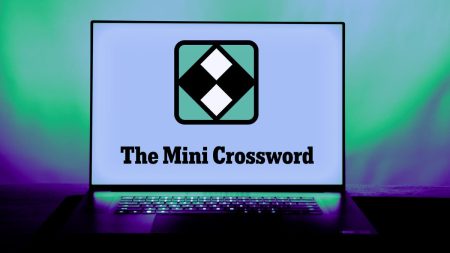Montana’s internet landscape presents a stark contrast between its natural beauty and its technological limitations. While the state boasts breathtaking scenery and abundant wildlife, it lags significantly in providing fast, reliable, and affordable internet access to its residents. Ranking 50th out of 51 in Ookla’s Speedtest rankings, Montana’s internet speeds are among the slowest in the nation, outpacing only Wyoming. While city dwellers may find decent broadband options, the vast rural expanses of the Treasure State face significant challenges in accessing high-speed internet.
The limited availability of fiber internet further exacerbates the digital divide in Montana. According to FCC data, less than 29% of Montana households have access to fiber internet, a crucial technology for achieving symmetrical upload and download speeds. This figure dwindles to a mere 21% for households with access to gigabit fiber speeds. While larger cities generally have a higher likelihood of fiber availability, even there, access can be patchy. Notably, the small town of Libby, with a population under 3,000, stands out as an exception, enjoying comprehensive fiber coverage from Ziply Fiber. For individuals and families prioritizing fiber internet for remote work, online gaming, or other bandwidth-intensive activities, the limited fiber footprint in Montana significantly narrows their options for relocation within the state.
The best internet provider in Montana, according to CNET’s analysis, is Spectrum. While Spectrum delivers gigabit download speeds to many populated areas, its upload speeds lag considerably due to its cable network infrastructure. In Montana’s internet landscape, Spectrum faces competition from several other providers, each with its own strengths and weaknesses. CenturyLink stands out for its wider availability, particularly in rural areas, though its DSL technology often results in slower speeds. TDS Telecom is recognized as an emerging player in the state, actively expanding its fiber network to deliver multi-gigabit speeds. For residents in rural Montana, local internet providers offer fixed wireless solutions, often bridging the digital divide where traditional wired connections are scarce.
Rural residents, including those living on ranches and farms, face unique challenges in accessing reliable internet. Satellite internet from providers like Starlink, Viasat, and HughesNet offers a fallback option, but often comes at a premium price with less-than-ideal speeds. DSL from CenturyLink often presents the most widely available wired internet option for rural households, though speeds can fluctuate significantly based on location, reaching a maximum of 100Mbps. Numerous local ISPs dot the state, offering fixed wireless connections to rural communities, often coupled with smaller fiber footprints in select areas. These fixed wireless solutions offer a viable alternative to satellite internet, though speeds depend heavily on the line of sight to a nearby tower.
Montana’s internet struggles extend beyond speed to encompass affordability. While some bundled plans from providers like T-Mobile can lower monthly costs to around $35, most ISPs start their pricing at $50 or higher. This includes CenturyLink’s DSL plans and Quantum Fiber’s entry-level fiber offerings. While Quantum Fiber offers a more attractive value proposition with its 500Mbps fiber service, availability remains limited. Navigating the internet market in Montana requires careful consideration of both price and availability to find the best fit for individual needs.
The future of broadband in Montana, however, holds a glimmer of hope. Recognizing the critical need for improved internet access, both state and federal entities are investing heavily in expanding broadband infrastructure. TDS Telecom’s ambitious project to bring fiber internet with speeds up to 8 gigs to major cities like Helena, Butte, Missoula, and Great Falls marks a significant step forward. Alongside private investments, a substantial influx of public funding from the federal Broadband Equity Access and Deployment program, totaling $630 million, and a $309 million state-level infrastructure investment announced by Governor Greg Gianforte, aim to connect over 62,000 underserved homes, businesses, farms, and ranches across Montana. These concerted efforts promise to bridge the digital divide and equip Montana residents with the high-speed internet access necessary for work, education, and participation in the digital economy.










